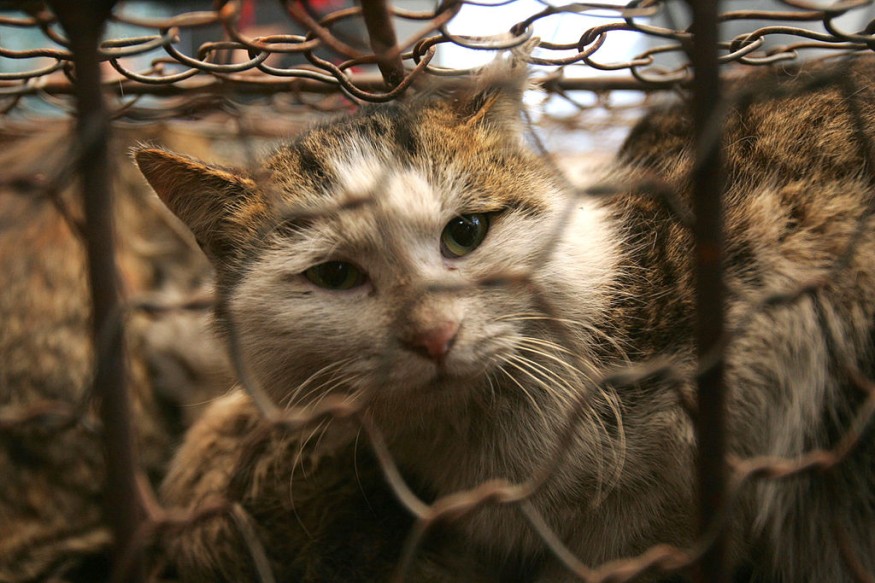
While cats make an adorable house mate, they bring great peril to at least 33 species of animals worldwide.
According to the U.S. Fish and Wildlife Service, domestic cats are "responsible for the deaths of billions of birds and mammals each year in the United States alone." In addition, they make a major threat to native wildlife and drive them toward extinction.
"Unlike wild predators that switch to other prey or locations when food becomes scarce, domestic cats that are fed can afford to continue to hunt and kill prey even when prey populations decline. In some cases, particularly on islands, cats can hunt endangered wildlife to the point of extinction," an article stated.
In Australia, particularly, these cases are so common that authorities proposed to kill some 2 million feral cats to prevent extinction of endangered species. Many programs in the U.S aims to address this problem by trapping, neutering, and releasing feral cats, but sadly, it is already too late for dozens of species.
Species threatened by outdoor cats
Among many species currently threatened by outdoor cats is the Orange-Bellied parrot, native to Australia. Since 2007, the migratory bird has been critically endangered. While so captivity breeding efforts had been done to preserve and boost their number, feline cats managed to cause them severe trauma and stress even in captivity. In attempt to escape from predators, the birds hit themselves on walls, causing their eventual deaths.
Next is the endearing marsupial anteater of Australia. Less than a thousand numbats are existent today due to threat from feral cats as well.
Even the reptile Otago skink in New Zealand is vulnerable to invasive cats and rats. Another animal endemic to New Zealand under cat threat is the kākāpō or the 'feathered avocado'. These girthy birds are unfortunately unable to recognize feline cats as danger.
An endangered rodent only found in southern Florida is also preys to "primarily feral and free-ranging cats," according to Fish & Wildlife Service.
Three more species commonly endangered by feral cats are Hawai'i's official bird, Nene; Chinese mountain cat endemic to Tibetan Plateau; and Florida Panther.
You heard it right! A panther. In 2018, an outbreak of feline leukemia virus killed five Florida panthers, which is considered a hard hit with barely 200 of them left in the wild.
Keep cats indoors
"Continued tolerance for roaming feral cats is not tenable on public health grounds because of the persistent threat posed to communities from injury and disease," the Florida Department of Health announced.
Aside from primary carriers of rabies, cats also spread diseases from feeding on raccoons outdoors. As much as possible, cats should be domesticated and keep indoors to prevent them from being hosts of such diseases can cause serious health problems not just in wildlife, but in humans as well.
"Outdoor cats can spread toxoplasmosis, ringworm, hookworm, and other diseases to children by defecating in playgrounds and sand boxes," the website stated.
© 2025 NatureWorldNews.com All rights reserved. Do not reproduce without permission.





